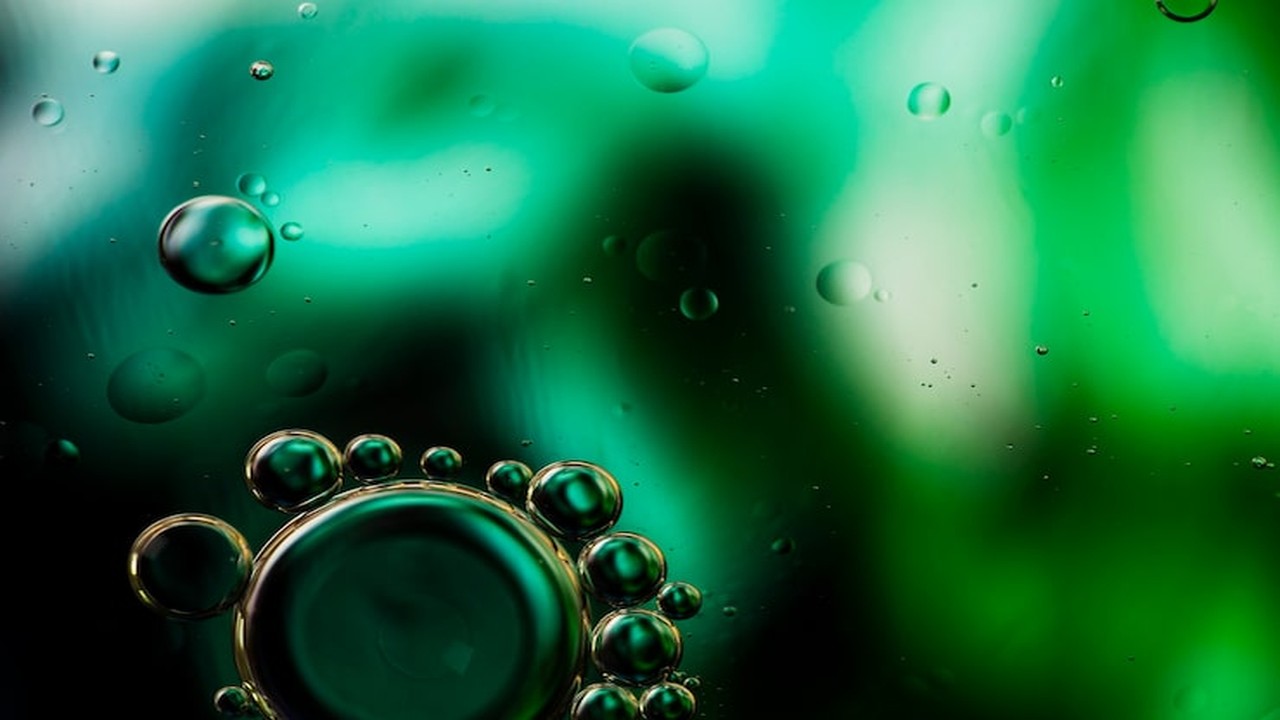 With sustainability at the forefront of global business agendas, Chemours stands out with its unwavering commitment to responsible chemistry. Embracing a forward-thinking approach, the company's 2030 Corporate Responsibility Commitment (CRC) goals not only reflect its core values but also drive innovation towards sustainable solutions. Through a rigorous Double Materiality Assessment (DMA), Chemours is refining its sustainability pillars, aligning with evolving stakeholder needs, and reshaping its strategic priorities. This strategic foresight not only ensures environmentally conscious manufacturing but also underscores the company's dedication to societal well-being. As Chemours navigates the complexities of sustainable practices, its journey serves as a beacon of progress in the realm of ethical sourcing and transparency.
With sustainability at the forefront of global business agendas, Chemours stands out with its unwavering commitment to responsible chemistry. Embracing a forward-thinking approach, the company's 2030 Corporate Responsibility Commitment (CRC) goals not only reflect its core values but also drive innovation towards sustainable solutions. Through a rigorous Double Materiality Assessment (DMA), Chemours is refining its sustainability pillars, aligning with evolving stakeholder needs, and reshaping its strategic priorities. This strategic foresight not only ensures environmentally conscious manufacturing but also underscores the company's dedication to societal well-being. As Chemours navigates the complexities of sustainable practices, its journey serves as a beacon of progress in the realm of ethical sourcing and transparency.
Leveraging Double Materiality Assessment for Strategic Sustainability Planning
Chemours' utilization of the Double Materiality Assessment (DMA) showcases a strategic approach to sustainability planning. By identifying and understanding the most material sustainability risks and opportunities, the company can align its goals with the evolving needs of both its business and external stakeholders. This proactive stance not only enhances Chemours' ability to manage risks effectively but also positions it to capitalize on emerging opportunities in the sustainability landscape. Through regular refreshes of the DMA and collaboration with key stakeholders, Chemours demonstrates a commitment to staying ahead of the curve in sustainability strategy development.
The insights gained from the DMA not only inform Chemours' 2030 Corporate Responsibility Commitment (CRC) goals but also play a crucial role in shaping the company's strategic priorities. By integrating the results of the assessment into its business processes, Chemours ensures that sustainability considerations are deeply embedded in its decision-making framework. This holistic approach not only drives commercial success but also enhances the company's ability to adapt to changing regulatory environments, such as the European Union's Corporate Sustainability Reporting Directive (CSRD). As Chemours continues to refine its commitments and disclosure practices based on the DMA findings, it sets a benchmark for proactive sustainability planning within the industry.
Advancing Circular Economy Goals Through Innovation and Collaboration
In response to the insights derived from the DMA, Chemours is broadening its landfill intensity goal to encompass a more comprehensive set of circularity metrics. By focusing on materials, water, and energy within the circular economy framework, the company is demonstrating a commitment to resource efficiency and waste reduction across its operations. This shift towards a more holistic approach not only aligns with stakeholder expectations but also positions Chemours as a leader in driving circularity within its industry. Through innovation and collaboration along its value chain, Chemours is actively contributing to addressing key sustainability challenges, such as water stress and quality in local watersheds.
Fostering Inclusive Work Environments for Sustainable Growth
As part of its response to the Own Workforce category identified in the DMA, Chemours is expanding its sustainability aspirations beyond mere representation to focus on creating an inclusive workplace culture. By emphasizing values of respect, diversity, and equal opportunity, the company aims to foster an environment where all employees feel valued and empowered to contribute to Chemours' success. This strategic shift not only aligns with evolving societal expectations but also enhances *Chemours' reputation as a trusted employer committed to the well-being and development of its workforce. Through these initiatives, **Chemours is not only driving internal cohesion but also laying the foundation for sustainable growth and innovation.
Embracing Science and Innovation for Sustainable Solutions
Chemours recognizes the pivotal role of science and innovation in driving sustainable progress. Leveraging its expertise in chemistry, the company views innovation as a key lever for addressing the material topics identified in the DMA and advancing its sustainability goals. By investing in research and development that aligns with societal needs and environmental imperatives, Chemours is not only driving business growth but also contributing to broader efforts towards a more sustainable future. This strategic focus on science and innovation underscores Chemours' commitment to being a catalyst for positive change within its industry and beyond.
Conclusion
Chemours' steadfast commitment to responsible chemistry, exemplified through its strategic use of the Double Materiality Assessment, sets a high standard for sustainable business practices. By integrating sustainability into its core values and operational framework, Chemours not only drives innovation and circular economy goals but also fosters inclusive work environments for sustainable growth. Embracing science and innovation as catalysts for positive change, Chemours paves the way for a more sustainable future, inspiring industry peers to prioritize ethical sourcing, transparency, and societal well-being in their strategic agendas. As Chemours continues to lead by example, its journey underscores the transformative power of proactive sustainability planning in shaping a more resilient and responsible business landscape.